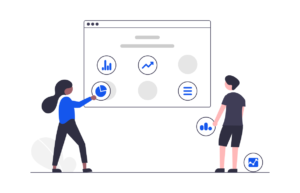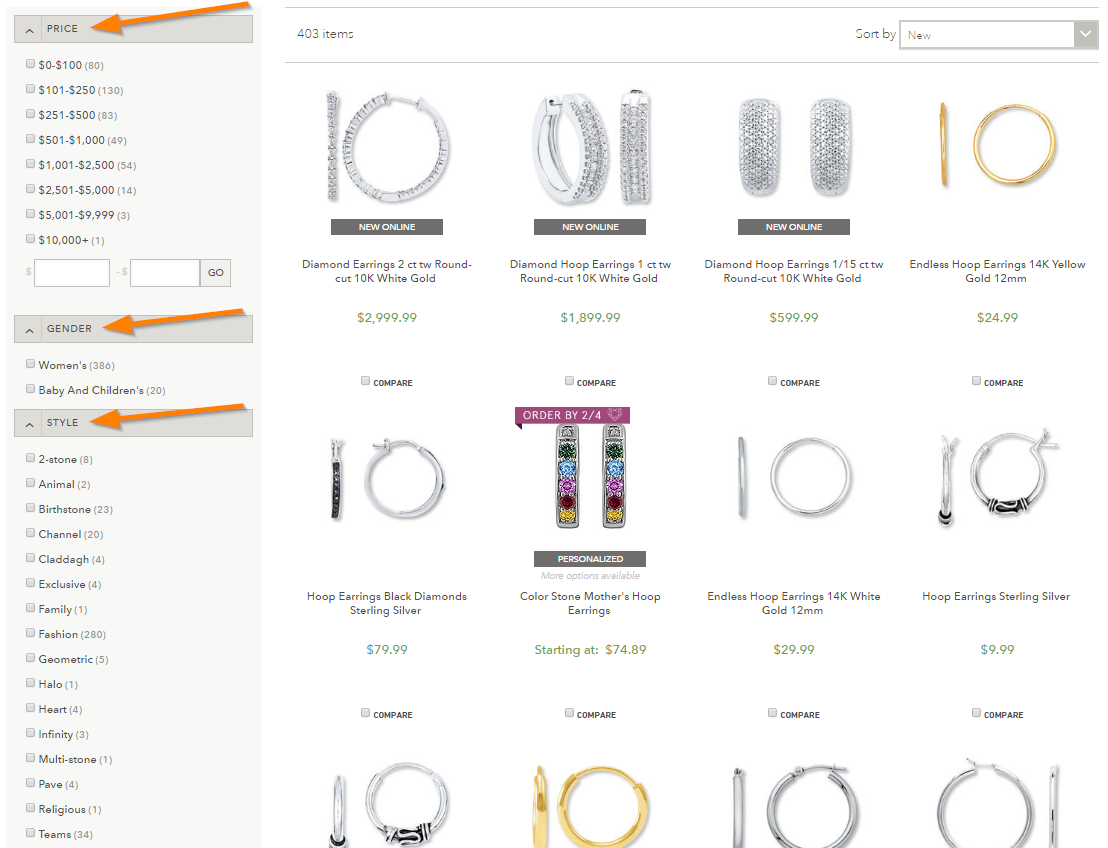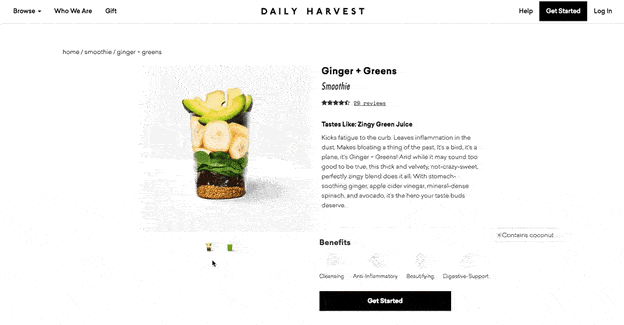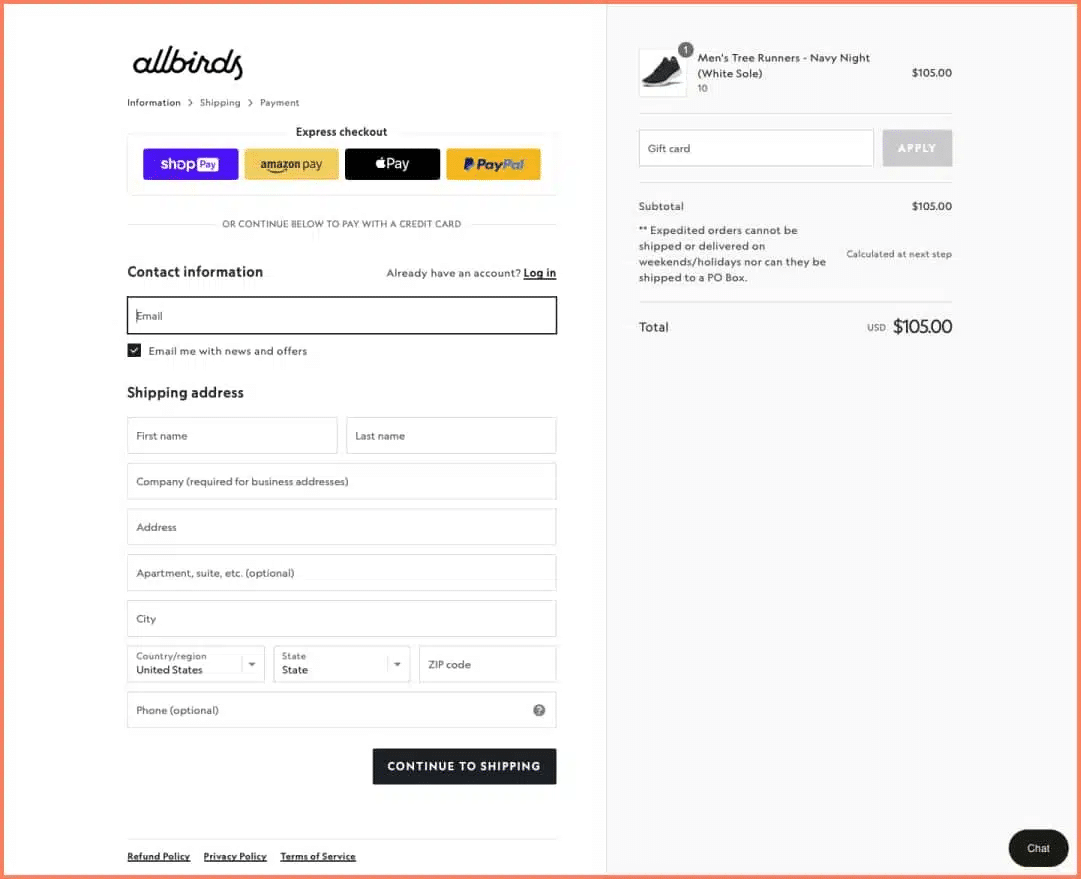In the ever-evolving landscape of digital trends and evolving customer preferences, crafting a successful online experience has become more challenging than ever. For executives, navigating this dynamic environment with digital marketing strategies can be particularly frustrating, especially when faced with the challenge of low conversion rates and the responsibility of driving substantial improvements.
The survey and studies in 2023 show that the global average website conversion rate is 3.68%. The average conversion rate in the e-commerce market decreased by 0.91% from 1.65% to 1.64% in February 2023 compared to February 2022.
In this blog, we’ll delve into the significance of conversion rates and explore effective strategies for conversion funnel optimization to enhance them, ultimately leading to increased e-commerce sales.

The Importance of Conversion Rates in Revenue Growth
Conversion rates play a pivotal role in determining an online venture’s success. Simply put, these rates represent the percentage of website visitors who engage in a desired action, be it making a purchase or completing a form. A high sales conversion rate signifies that a greater proportion of your website’s audience is transitioning into active customers, leading to heightened revenue and enhanced profitability.
What makes conversion rates particularly valuable is their cost-effectiveness. Rather than channeling additional funds into advertising efforts to boost website traffic, businesses can strategically concentrate on refining their websites. This shift in focus aims at converting a higher percentage of the existing traffic into loyal customers, presenting a more sustainable and resource-efficient path to business growth through improved cost-per-acquisition and customer acquisition strategies.
Strategies for Optimizing Website Usability
The first step in improving conversion rates is to ensure a seamless and user-friendly website experience. A user who can effortlessly navigate your site is more likely to convert into a customer. Here are some strategies to optimize website usability:
1. Simplify your website design: A cluttered website can be overwhelming and confusing for visitors. Opt for a clean layout, clear navigation, and minimal text to create a visually appealing, user-friendly design that intuitively guides visitors.
2. Make your website mobile-friendly: With the increasing prevalence of mobile shopping, ensuring your website is optimized for mobile devices is paramount. A mobile-friendly design guarantees a seamless user experience, catering to the preferences of users who browse and shop on their smartphones or tablets, regardless of device type.
3. Improve website speed: The speed of your website directly impacts user satisfaction. A slow-loading site can result in high bounce rates and lost sales. Utilize tools such as Google PageSpeed Insights to identify areas for improvement, optimize elements, and enhance the overall speed of your website.
4. Use high-quality images and videos: Visual content serves as a powerful tool to showcase your products and enhance user engagement. Incorporate high-quality images and videos that effectively highlight your offerings, providing potential customers with a visually appealing and informative experience.

Tracking the Right Metrics for Conversion Success
To improve conversion rates, e-commerce businesses must keep a close eye on specific metrics. Understanding these key performance indicators (KPIs) allows for data-driven decision-making. Important metrics include:
- Conversion Rate: Track the percentage of website visitors who make a purchase. Analyzing this metric helps identify successful marketing strategies and areas for improvement, offering insights into customer behavior and purchase patterns.
- Cart Abandonment Rate: Monitor the number of users who add items to their cart but do not complete the purchase. Understanding the reasons behind abandoned carts can significantly boost conversions by pinpointing and addressing the hurdles customers face.
- Bounce rate: This is the percentage of website visitors who leave your website after viewing only one page. A high bounce rate can indicate a problem with your website’s usability or content, signaling the need for a more engaging and user-friendly design.
- Average Order Value (AOV): This is the average amount spent by customers on each order. Increasing your average order value can help boost your revenue and profitability by encouraging customers to purchase more per transaction.

Optimize for Conversions Across Key Pages
Elevating the Homepage Experience
The homepage is the gateway to your e-commerce world, making it an ideal starting point for conversion optimization. Key elements to focus on include:
- Value Proposition: Communicate the unique benefits of your products or services.
- Homepage Navigation: Ensure seamless navigation for an intuitive user experience.
- Mobile Responsiveness: Optimize for mobile users to capture a broader audience.
- Call-to-action Buttons: Craft compelling CTAs to guide visitors to essential pages.
- Featured Products: Showcase top products to capture immediate attention.
- Special Offers and Discounts: Highlight promotions to encourage immediate engagement.
- Trust Signals: Incorporate trust-building elements to instill confidence in visitors.
Crafting Efficient Category Pages
Category pages act as bridges between the homepage and product pages. Streamline these pages by optimizing:
- Category Names: Make them clear and relevant for easy navigation.
- High-quality Images: Use compelling visuals to showcase products effectively.
- Product Titles and Descriptions: Create concise, enticing descriptions for each item.
- Price Range Filters: Facilitate price-based searches for a personalized experience.
- Sorting Options: Enable users to organize products based on preferences.
- Cross-sell and Up-sell Suggestions: Enhance product discovery and encourage additional purchases.
- Breadcrumb Navigation: Implement clear breadcrumbs for easy backtracking.

Maximizing Product Page Potential
The product page is where conversion decisions are made. Optimize this crucial point by experimenting with:
- Messaging: Test different messages to resonate with diverse audiences.
- Layouts: Explore various page layouts to find the most effective presentation.
- Offers: Experiment with different types of offers to entice potential buyers.
- Media Presentations: Compare the impact of video vs. image product displays.
- Detailed Descriptions: Provide comprehensive information, as seen in the Daily Harvest example.

Streamlining the Cart Page Experience
The cart page is where potential purchases are gathered. Address common complaints to enhance the cart page:
- Item Visibility: Ensure items are easily located within the cart.
- Transparent Order Total: Display and calculate the total order cost upfront.
- Account Creation: Allow guest checkout options to reduce friction.
- Clear Return Policy: Address concerns related to return policies.
Perfecting the Checkout Page
The checkout page is the virtual checkout counter. Optimize for a smooth transaction process by addressing issues such as:
- Organized Layout: Streamline the checkout process with a clear and organized layout.
- Account Creation: Minimize friction by offering guest checkout options.
- CTA Buttons: Use buttons, not links, for clear and decisive calls to action.
- Payment Options: Provide popular and diverse payment methods.
- Saved Payment Information: Allow users to save payment details for future convenience.
Here’s an example of an excellent checkout page from Allbirds:

Ready to Transform Your E-commerce Success?
In conclusion, as the digital landscape continues to evolve, the significance of conversion rates in driving e-commerce success cannot be overstated. A 1% increase in conversion can translate into substantial revenue growth for your business. By implementing strategic measures to enhance website usability, tracking key metrics, and optimizing crucial pages, you can pave the way for increased conversions and, subsequently, improved e-commerce sales.
Remember, the journey towards higher conversion rates is an ongoing process that requires continuous refinement and adaptation to evolving market trends. Don’t let potential sales slip away – take control of your conversion journey today. Explore how Out of The Blue can help.
